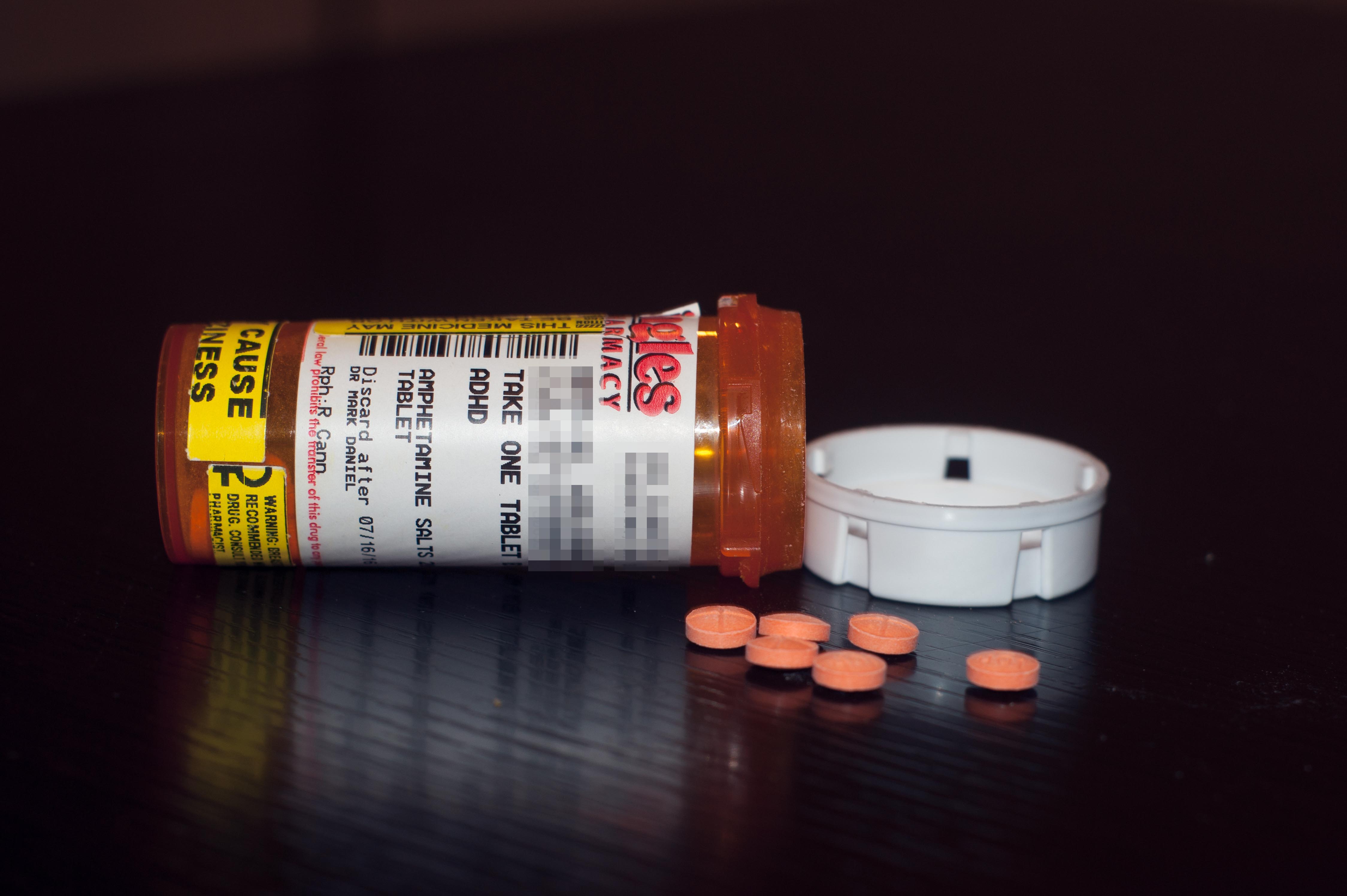Is Adderall Worth the A?

By Emma Burke
In a perfect world, students would study for tests far in advance and papers would be finalized days before the deadline. However, extracurricular activities tend to lead even the most organized students astray. Many feel pressured by the rigorous academic demands of college and desperately seek a competitive edge against their peers. Studies show that anywhere from 4.1% to 35.5% of college-age students abuse stimulants meant for treating Attention Deficit Hyperactivity Disorder (ADHD). Stimulants such as Adderall, Ritalin, Concerta and Vyvanse increase energy, blood pressure, blood sugar, breathing and heart rate while simultaneously opening airways. While this might seem counterproductive in treating a hyperactive patient, these drugs actually calm the brain of those with ADHD. The numerous effects of stimulants make them enticing to college students who are drowning in school work. Of those who reported misuse of drugs like Adderall, 65% said they took them for concentration and 59.8% used them as a study aid.
According to one study, 94% of college students who illegally abuse stimulants are Caucasian. There is little variation in usage rates among freshmen, sophomores, juniors and seniors; however, significantly more students who abuse Adderall are involved in Greek life. Students that responded to the study’s survey lauded stimulants for keeping them awake for long periods of time and increasing their concentration. Shockingly, some even felt that it “enhanced ability to memorize, grasp ideas and recall information.” One group tracking tweets using the word “Adderall” on Twitter found that mentions spiked during December and May. These times coincide with university finals on most campuses across the United States. Also, it was noted that tweets about Adderall peaked on Wednesdays and dropped off going into the weekend. Many abusers do not see taking stimulants for academic purposes as immoral. John, a student interviewed about his Adderall use, believes his behavior is justifiable because he does not use the drug to get high. He claims, “‘crack is kinda like the drug for losers and Adderall is for winners.’”
The distinction between these two groups is the medicinal properties that Schedule II drugs have versus Schedule I drugs.
Though many students downplay the seriousness of taking Adderall, the drug is considered to be very dangerous and can lead to lifelong health effects. Stimulants used to be prescribed for things such as asthma and weight loss. When it was realized how addictive they can be, they became reserved for ADHD, narcolepsy and severe depression. The Drug Enforcement Administration categorizes ADHD medications as Schedule II drugs. In the same category as the potent painkillers fentanyl and Dilaudid, pharmaceuticals in this classification are of a very high risk for causing dependency issues. Schedule I, the group with the highest abuse rates, encompasses illegal street drugs such as LSD and heroin. The distinction between these two groups is the medicinal properties that Schedule II drugs have versus Schedule I drugs. Because of how frequently the stimulants Dexedrine, Ritalin and Adderall are misused, they are only administered in a thirty day supply. However, those who obtain prescriptions for these drugs ration out their pills to have enough for themselves and others. Many who are rightfully prescribed only take their medicine on days when they have class or a lot of work to get done. One student with ADHD went as far as saying she, “‘does not think it is smart to put that sort of chemical in your body every day’” while another claimed taking his medication as directed “‘would kill your system and ruin your body.’”
Even if an addict seeks out treatment and stops taking the stimulants, the road to recovery is not an easy one.
All prescription medications have negative side effects. For patients suffering from ADHD, the benefits provided by taking stimulants far outweigh the associated risks. As an amphetamine, Adderall works by increasing their production of the neurotransmitters dopamine and norepinephrine. Both chemicals are involved in one of the brain’s four modulatory networks. Modulatory networks are bunches of nerves that dictate how the brain works. Dopamine is part of the dopaminergic network and is considered critical to learning and the brain’s reward system. Norepinephrine, which can also be stimulated by caffeine, is credited with maintaining focus similarly to dopamine. Even when taken as prescribed by a doctor, Adderall’s known side effects are numerous. They range from high blood pressure to unusual behavior and muscle twitches. On top of becoming dependent, people who misuse stimulants over a long period of time put their health in even greater danger. Feelings of hostility and paranoia can build up as well as cardiovascular issues. Even if an addict seeks out treatment and stops taking the stimulants, the road to recovery is not an easy one. Adderall withdrawal symptoms include extremely vivid dreams, depression and unusual sleeping patterns.
The pressure to do well academically while simultaneously enjoying college is by no means easy to deal with. Adderall, dubbed “‘an academic anabolic steroid,’” is seen by many as the secret to success. While taking stimulants might help keep students awake to cram for a test or focus to finish a paper, the risk of long term issues outweighs the short-term benefits of taking the drugs. Making students and university officials aware of the negative effects of the drug is the first step in finally ending the Adderall-abusive culture plaguing college campuses.

